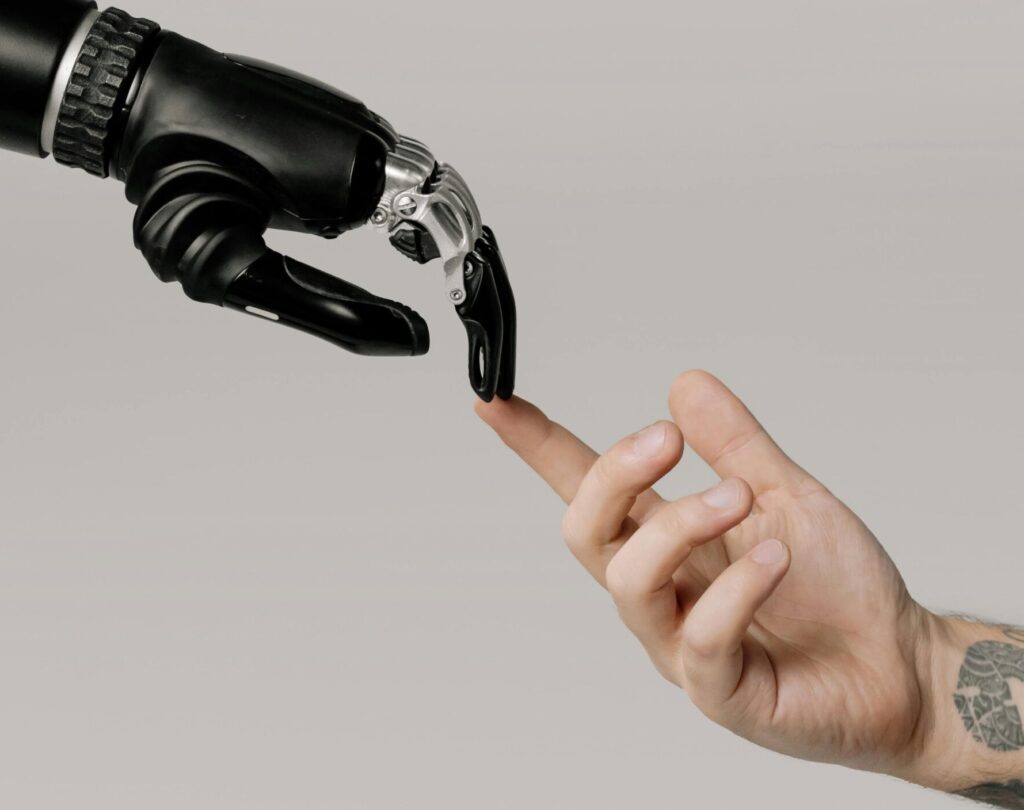
In today’s rapidly evolving technological landscape, automation has emerged as a cornerstone for enhancing efficiency, reducing costs, and driving innovation across various industries. From manufacturing to customer service, automation technologies have revolutionized traditional workflows, enabling organizations to streamline processes and achieve unprecedented levels of productivity. However, as automation continues to advance, the concept of “human-in-the-loop” automation has gained prominence, emphasizing the indispensable role of human expertise in conjunction with automated systems.
What is Human-in-the-Loop Automation?
Human-in-the-loop (HITL) automation refers to a hybrid approach that combines the strengths of automation with human intelligence and oversight. Unlike fully automated systems where machines operate independently, HITL automation integrates human decision-making and intervention at critical stages of the process. This ensures that tasks requiring nuanced understanding, complex judgment, or empathy are handled effectively, leveraging the unique capabilities of both humans and machines.
The Benefits of Human-in-the-Loop Automation
- Enhanced Accuracy and Quality Control: While automation excels in repetitive tasks and data processing, it may lack the discernment and contextual understanding that humans possess. By incorporating human oversight, HITL automation can detect errors, anomalies, or exceptions that automated systems may overlook, thereby improving accuracy and maintaining quality standards.
- Flexibility and Adaptability: Human-in-the-loop automation offers greater flexibility to adapt to dynamic environments and unforeseen circumstances. Humans can quickly respond to changes, exceptions, or outliers, adjusting the automated processes as needed. This agility ensures that organizations can effectively navigate complex scenarios and evolving requirements.
- Complex Decision-Making: Certain tasks involve intricate decision-making processes that require human judgment, intuition, and ethical considerations. HITL automation empowers organizations to leverage the efficiency of automated systems while retaining human expertise to make informed decisions in ambiguous or morally sensitive situations.
- Continuous Learning and Improvement: Human involvement in the automation loop facilitates continuous learning and improvement. Through feedback mechanisms and interaction with automated systems, humans can refine algorithms, optimize workflows, and enhance the overall performance of the automation process over time.
- Customer Satisfaction and Trust: In industries where human interaction is integral, such as customer service or healthcare, HITL automation preserves the human touch while leveraging the benefits of automation. This leads to improved customer satisfaction, as clients feel reassured by the presence of human expertise alongside automated assistance.
The application of HITL automation spans across various industries and domains:
- Healthcare: Integrating automated diagnostics with clinician oversight enhances accuracy in medical diagnosis and treatment planning while ensuring patient safety.
- Financial Services: Combining algorithmic trading with human traders’ expertise enables more informed investment decisions and risk management strategies.
- Manufacturing: Human oversight in robotic assembly lines ensures quality control and enables swift intervention in case of irregularities or malfunctions.
- Content Moderation: Platforms utilize HITL automation to moderate user-generated content, filtering out inappropriate or harmful material while respecting freedom of expression.
Human-in-the-loop automation represents a paradigm shift in how organizations harness the power of technology while preserving the indispensable role of human expertise. By striking a balance between automation and human intervention, businesses can achieve greater efficiency, accuracy, and adaptability across a wide range of applications. As technology continues to evolve, embracing HITL automation will be key to unlocking new opportunities and driving sustainable growth in the digital era.
